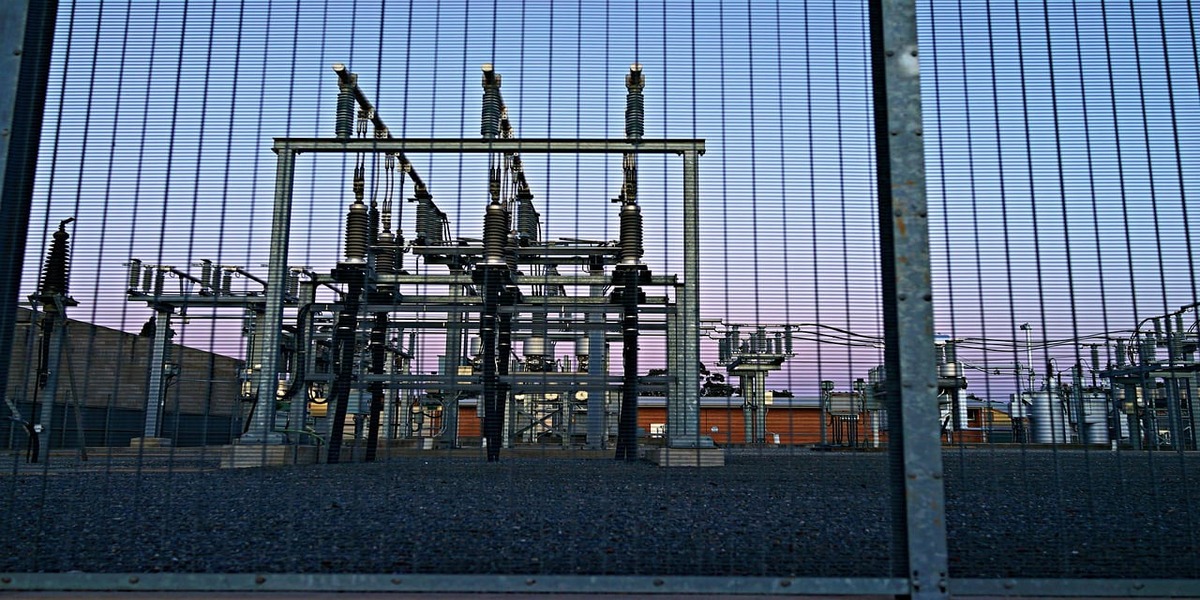Next-Gen Energy Infrastructure In Sweden

Q1. Could you start by giving us a brief overview of your professional background, particularly focusing on your expertise in the industry?
I am a Renewable Energy Engineer with a strong focus on energy storage, grid integration, and sustainable energy transitions, with experience spanning research, industry collaboration, and international project development within the renewable energy and storage sectors.
Q2. Which storage technologies are best positioned to meet Sweden’s renewable load balancing needs over the next 5 years?
Battery Energy Storage Systems (BESS) in the form of Li-ion batteries will by far be the dominant technology. If anything competes with it will be Na-ion or redox flow batteries but won’t take a significant market portion (anything double-digits)
Q3. Which sub-segments within the C&I space are driving the highest PV capacity additions, and what unique product demands are emerging?
EV charging infrastructure and critical facilities (data centers, telecom, hospitals) are driving the most growth, with demand for integrated BESS, rapid deployment, and on-site energy management solutions.
Q4. What role will aggregate DERs and Virtual Power Plants (VPPs) play in the Swedish electricity market post-2025?
Aggregated DERs and VPPs will be pivotal for grid stability, enabling real-time balancing, integrating residential storage, and supporting Sweden’s 100% renewable target by providing flexible, decentralized resources and still providing at least 70% of the daily profit of a BESS.
Q5. How are big tech companies influencing the smart grid AI stack, and what opportunities exist for partnerships vs competition?
Tech giants like Microsoft, Google, and Amazon are driving AI-powered grid optimization, opening opportunities for collaboration on digital infrastructure and grid flexibility. However, competition for green energy procurement is intensifying, and the requirements to be fulfilled are substantial.
Q6. How are falling lithium-ion battery and PV module costs reshaping product configurations?
Rapid cost declines are enabling smaller and more flexible C&I projects, as well as integrated solar-plus-storage systems, which are accelerating adoption in both grid-scale and distributed applications. This is making second-life batteries non-viable for stationary storage, given the emergence of a competing new battery market. They are also changing the ROIs of BCs that did not make sense in the past to attractive in more northern geographies.
Q7. If you were an investor looking at companies within the space, what critical question would you pose to their senior management?
- What is your business model’s resilience to market, technology, and regulatory risks—specifically
- How do you ensure project bankability, technology maturity, and stable offtake in a rapidly evolving energy landscape?
- What is your current pipeline of grid connections and land permits? (since this is the most critical bottleneck)
Comments
No comments yet. Be the first to comment!
